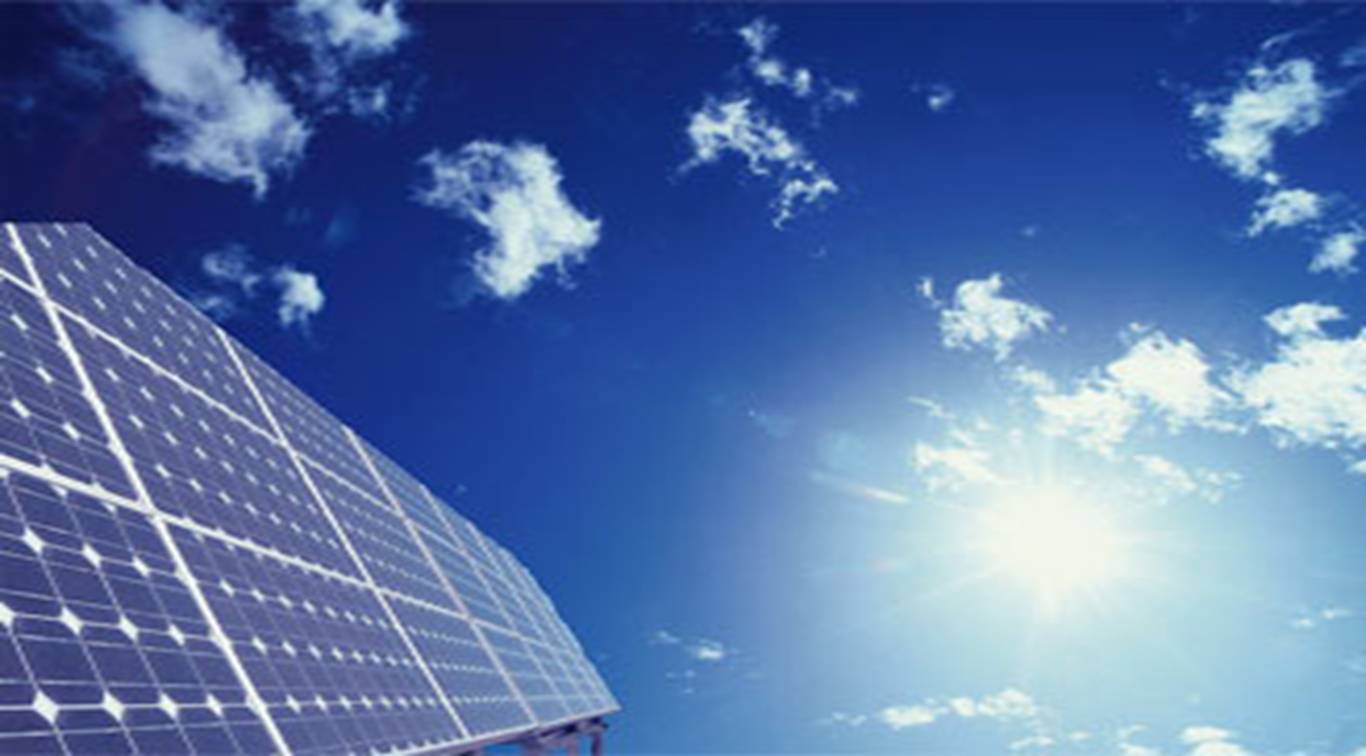


|
Solar, Wind, and Fire |
|
Solar, Wind, and Fire |
|
A Membership Renewable Energy Information Website |
|
All Things Solar |

|
All Things Solar |


Developed by American company Envision Solar, the Tracking Solar Tree features a hybrid multi-axis tracking design that enables the entire canopy to track the sun over the course of the day. This increases the renewable energy production by about 25 percent as compared to traditional solar panels. Over the course of a year, the Solar Tree will produce up to 30,000 kilowatt hours enough solar energy to charge six electric vehicles per day.
Speaking to PhysOrg, Rob Threlkeld, GM global manager of renewable energy said: We are constantly looking for places where we can add a renewable focus. This solar tree is an ideal addition because not only does it provide a space to charge our electric vehicles, but its another step in our journey toward cleaner energy use. Not only have Envision Solar created the Solar Tree, but they have also invented Solar Groove - a 186-vehicle parking lot that was converted into a 235 kW solar electric generating system for Kyocera. Desmond Wheatley, President and CEO of Envision Solar stated: Our Solar Tree structures can be installed in any location while our unique tracking solution allows us to always get the most from the sun. As such they are the perfect visible embodiment of GM and its dealerships commitment to the environment and the future of electric and other highly efficient vehicles. We look forward to installing many more of our iconic tracking Solar Tree structures for GM in the coming months.